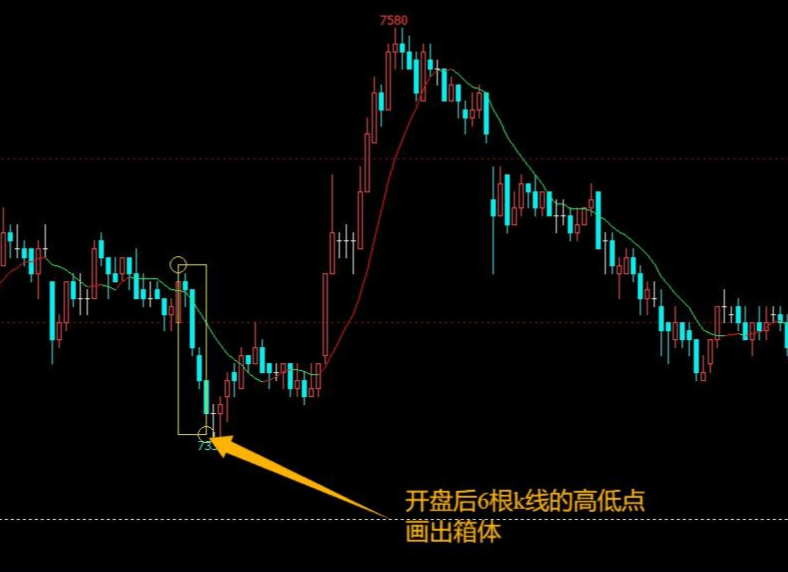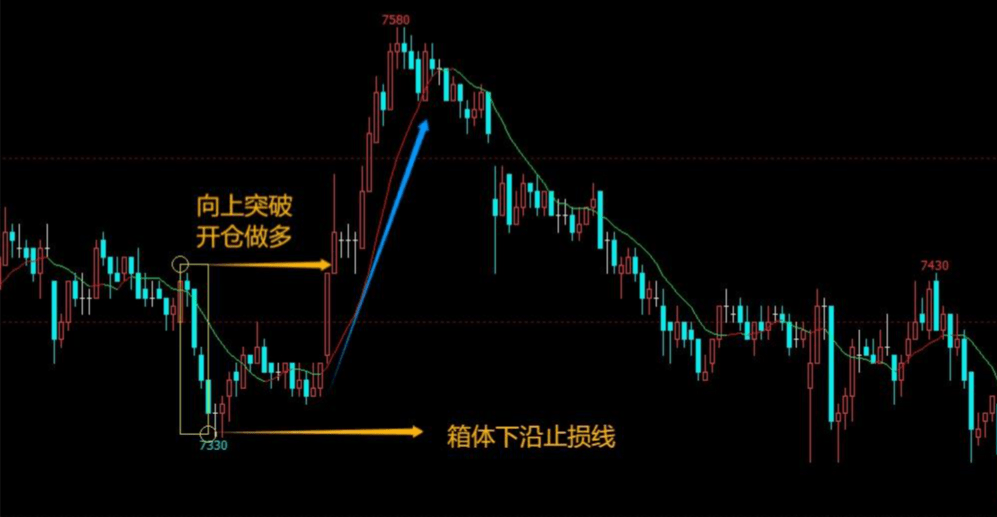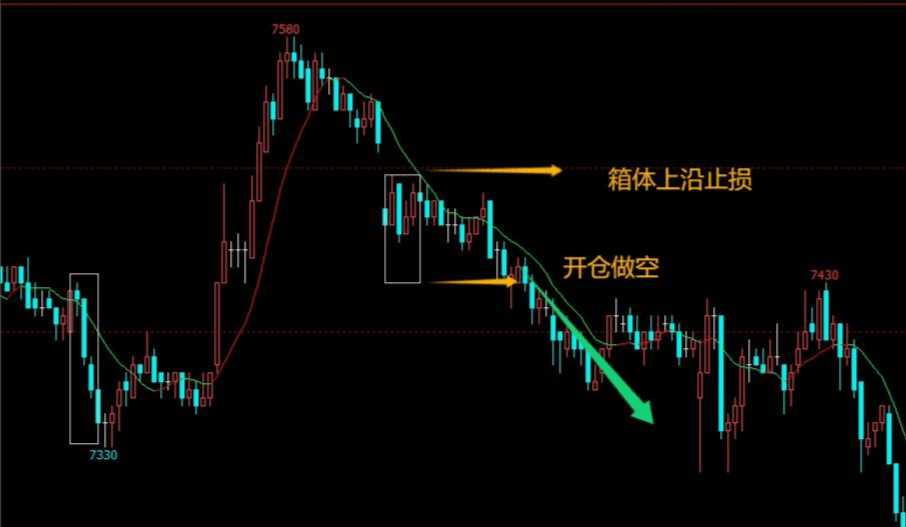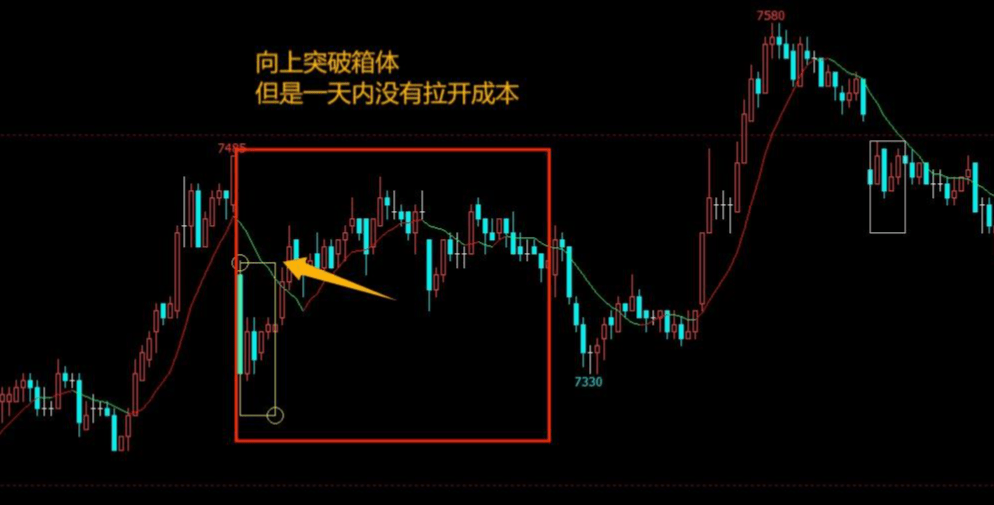I’m sharing an excellent intraday trading strategy: simple, clear, and you will never trade chaotically again. I will try to update a deep trading thought every day, exchanging your attention for some positive feedback to keep me writing.
Friends who are just starting trading tend to prefer intraday trading.
Because you can see feedback instantly. Especially when winning, seeing the capital grow is very fulfilling; this thrill overshadows the pain of daily losses. It’s like buying a lottery ticket; many people don’t care about losing 2 dollars daily, all in pursuit of that elusive 5 million grand prize. Even if they don't get it, they still fantasize about that thrill.
Therefore, everyone is seeking better intraday trading methods in hopes of achieving rapid capital growth.
The reason I say this 'nonsense' is to express a point. Whether it’s intraday trading, medium-term, or long-term trading, overall returns cannot transcend economic laws. There is no trading strategy that only wins and never loses; when you win, be happy, but do not forget that losses are also your trading costs.
First, in terms of selecting varieties, try to choose those with good volatility. High volatility indicates active trading and fast capital flow, which is very important for intraday trading.
If trading intraday, exceeding a 5-minute timeframe basically makes it difficult to end the trade within the day.
Therefore, the trading cycle is set to 5 minutes. Thirty minutes after the market opens, with high trading volume and active trading, it also means intense competition between bulls and bears. At this time, we should just observe and wait for the market to choose a direction.
Thirty minutes after the market opens, six 5-minute candlesticks have already formed. We draw a range based on the highest and lowest points of these six candlesticks.

Just like this.
Then observe the direction in which the price breaks in the subsequent movement. Go long if it breaks upward, go short if it breaks downward.

In the chart above, the price breaks upward at the seventh candlestick, so open a long position. Use the lower edge of the previous range for stop loss.
Now let’s look at the following day.

Thirty minutes after the market opens, draw a range using the high and low points of 6 candlesticks. Open a short position when it breaks downward from the range and use the upper edge of the range for stop loss.
Isn’t it simple enough, clear enough, and practical?
Were there any failures? Of course there were.

Like this, it breaks upward from the range, but the movement is slow and choppy, fluctuating back and forth all day. Either exit with a slight profit or close before the market closes.
Do not carry this position into the next day! What you are doing is intraday trading, do not turn it into an overnight trade. Close your position and wait cleanly for tomorrow's market.
Also, if there’s no breakout from the range all day, there’s no signal; do not be clever and open positions.
The rest is about taking profits.
Taking profits is actually a struggle and compromise with one’s own greed.
Taking profits too conservatively might result in daily small profits, but you may miss out on significant market movements later.
Profit-taking done well can withstand drawdowns and capture significant market movements later. However, drawdowns can also turn into losses. It’s possible to see the right direction every day but still incur losses.
Let’s talk with the chart. In the above chart, the direction was correct, and it visually appears to have more than double the profit.
How do you choose? Let me remind you, this is a 5-minute timeframe.
We say the size of the bowl determines how much rice it can hold; expecting to gain profits at the level of an hour or daily chart from a 5-minute trading cycle is unrealistic.
The moving average in the chart is the 10-period moving average. Can you consider taking profits at the 20-period moving average? Can you take profits at a fixed ratio? 1:1 or 1:1.5? Or perhaps reference ATR?
I won’t elaborate on this. Everyone has different capacities and financial strength, and the strategies they choose and the risk-reward ratios they use vary. The decision-making process is a battle with oneself; no one can replace your inevitable journey.
The same strategy, applied by different people, can yield vastly different results. The key is not whether a strategy is excellent, but whether you can apply it reasonably and master it.
I am truly sincere, remember to follow me.


